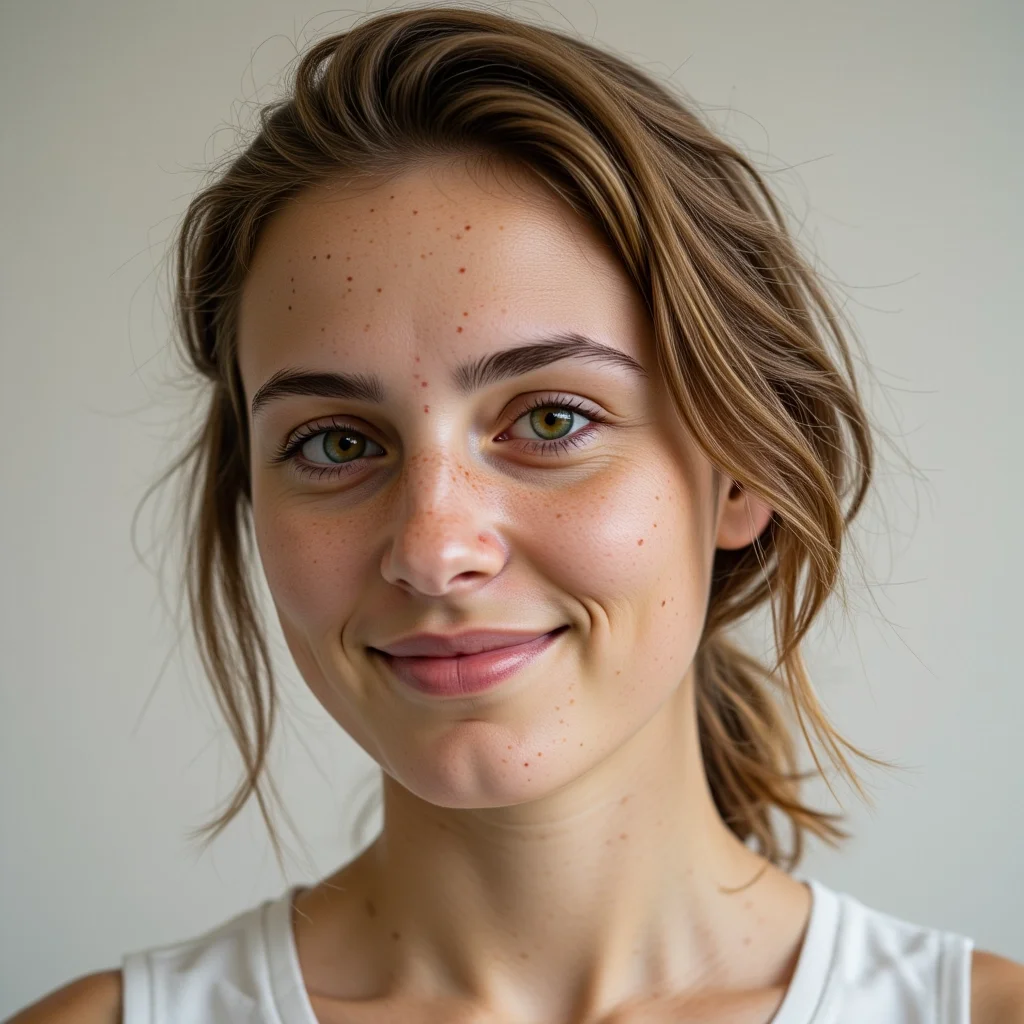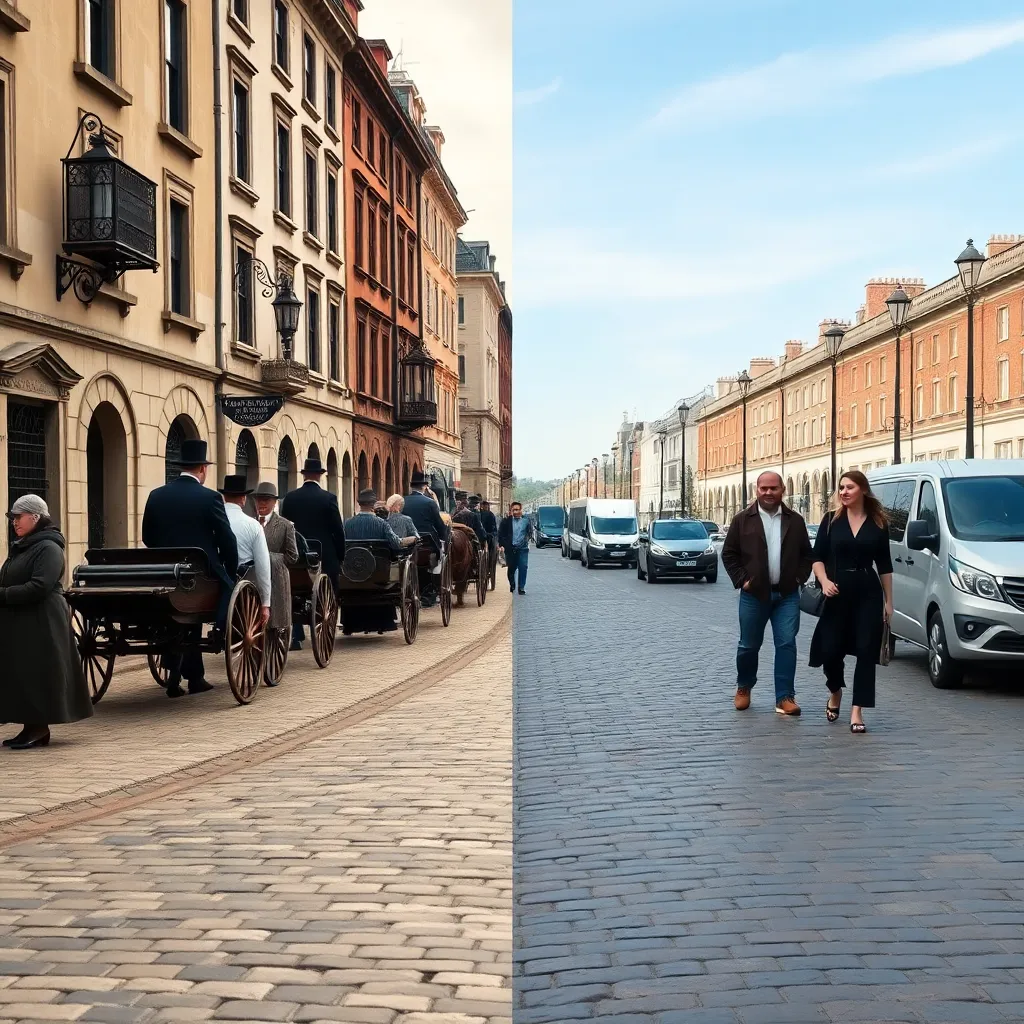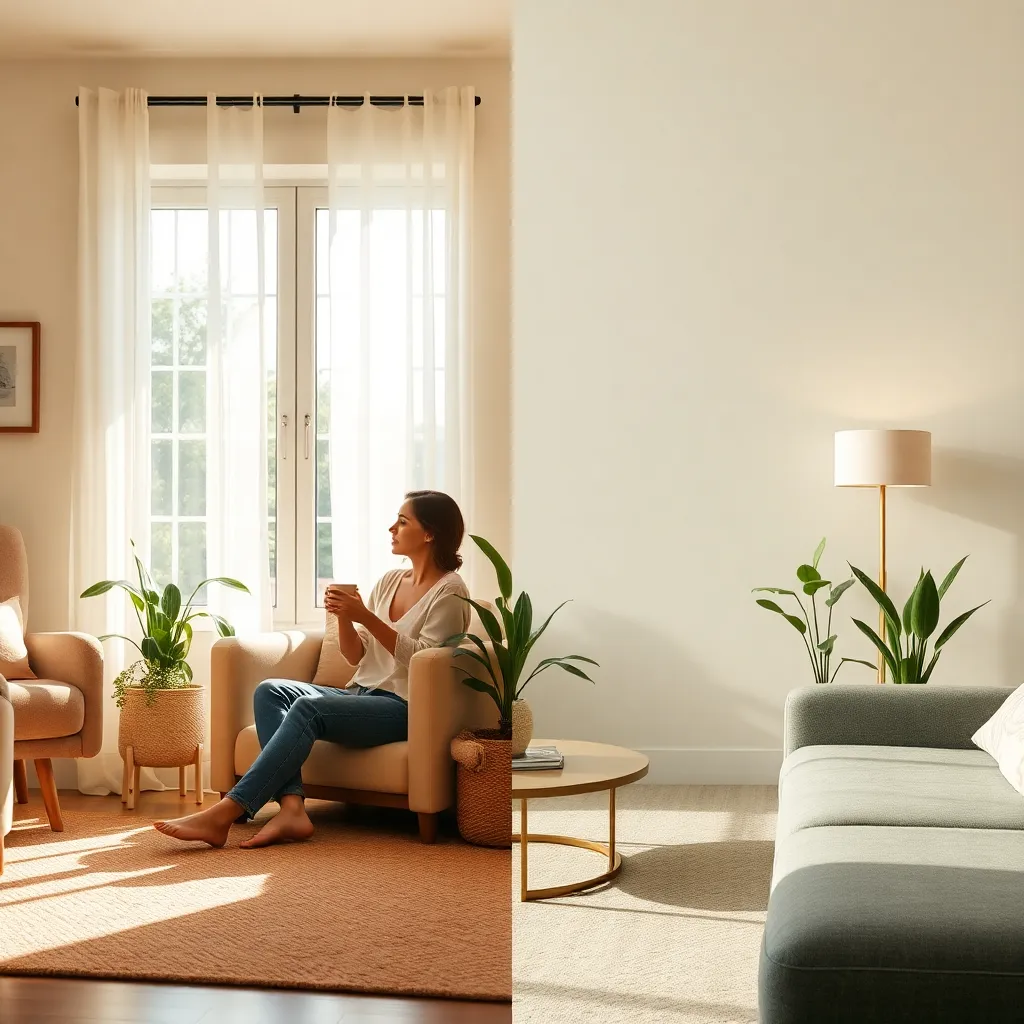
Collage AI Image Generator
Collage Style is a creative photo effect that merges multiple images, textures, and graphic elements into a single composition. This style evokes the charm of h...
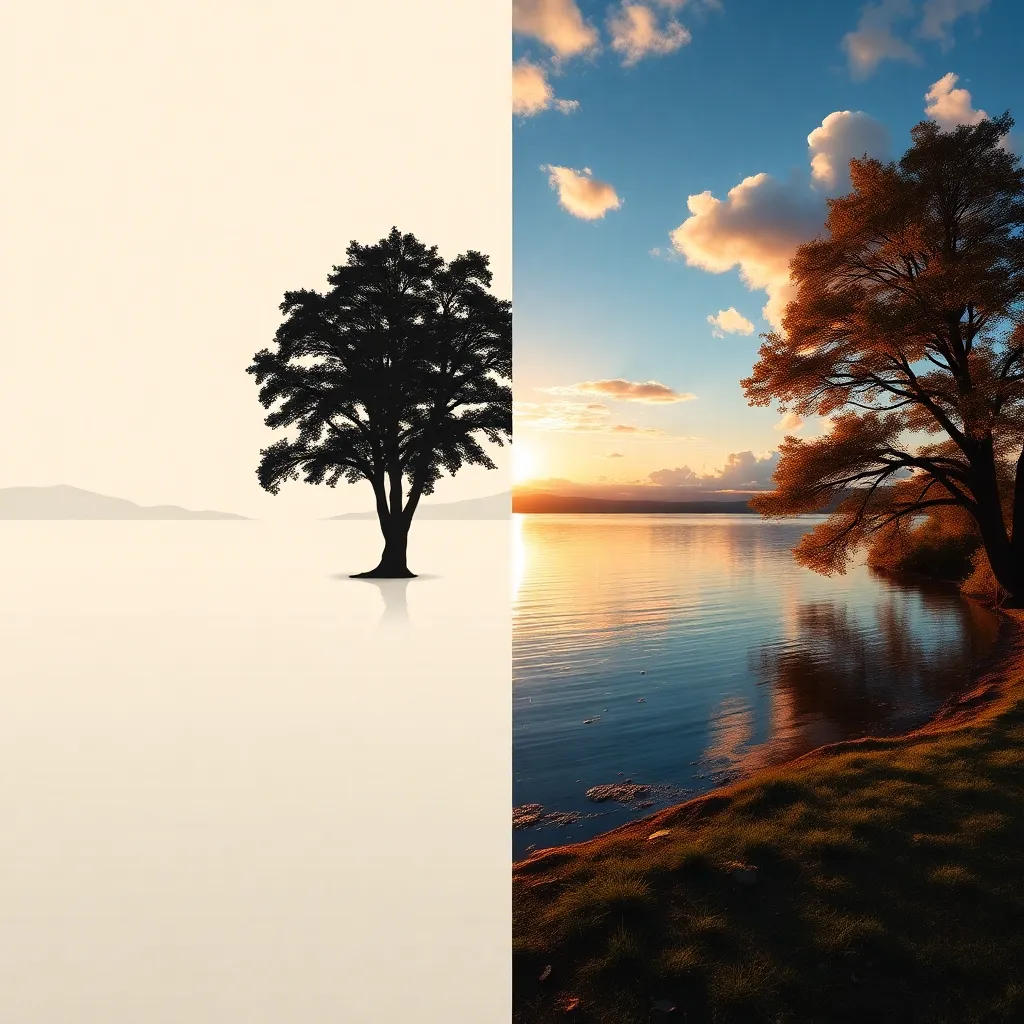
Style
Minimalism Style in photography is a visual approach that harnesses simplicity, clean lines, and negative space to create striking, uncluttered images. By reducing elements to their essentials, minimalism delivers powerful emotional resonance and a timeless aesthetic, making it a favorite for modern design, branding, and fine art.
Train AI Image Models
Train a unique character from your own everyday photos, apply the ready to use Minimalism Style to generate interesting and eye-catching images.
Starting point for AI training is set of your images. More images of same character can be added to improve the model.
Apply ready to use styles and effects on pretrained model or use custom prompt to generate images.
Images generated from the pretrained model
Experience the power of simplicity using Photomatic AI’s Minimalism Style effect. Elevate your visuals with clean, modern aesthetics and discover the beauty of less. Start creating minimalist masterpieces today!
See What You Can Create with Minimalism Style
Minimalism Style in photography is characterized by its focus on simplicity, clean lines, and the effective use of negative space. This approach strips away all non-essential elements, drawing attention to the subject and creating a sense of calm and clarity. Originating from the minimalist art movement of the 1960s, minimalism in photography developed as artists and photographers began to value the power of less, inspired by minimalist painters and architects who sought harmony through reduction.
The history of minimalism as an aesthetic can be traced to the works of artists like Donald Judd and Dan Flavin, whose pieces focused on geometric forms and the purity of space. In photography, minimalism became prominent as a counterpoint to the busyness of modern visuals, offering viewers a moment of pause and contemplation. Today, minimalism continues to influence contemporary photography, design, and branding, celebrated for its timeless, universal appeal.
Minimalism Style is widely embraced by a diverse range of creators:
Minimalism is not only a creative choice but a strategic one, used by professionals and hobbyists alike to communicate messages with maximum impact and sophistication.
Minimalism enhances photos in several profound ways:
By removing unnecessary distractions, minimalism ensures that the viewer’s focus is drawn directly to the intended subject. The power of negative space allows the subject to breathe and stand out, making the message clear and unmistakable.
Minimalism creates a sense of order and tranquility. Clean lines, limited color palettes, and uncluttered backgrounds instill a feeling of calm, making images more enjoyable and less overwhelming.
Minimalistic images feel contemporary and fresh, yet their classic simplicity ensures they remain timeless. This duality makes minimalism ideal for both current trends and enduring visual appeal.
With fewer elements competing for attention, the emotional resonance of the image is amplified. Viewers can connect more deeply with the subject, mood, or message.
Minimalism works across various mediums—from digital screens to print, from branding to fine art—maintaining its strength and clarity in any context.
Minimalism is exceptionally versatile, offering unique advantages in a variety of photographic genres and design contexts:
Minimalist logos use geometric shapes and monochrome palettes to convey professionalism and modernity. The absence of clutter ensures the brand is easily recognizable and memorable.

Showcasing open spaces, neutral tones, and simple furnishings, minimalistic interior photography inspires a sense of serenity and elegance. It helps viewers imagine a clutter-free, harmonious environment.
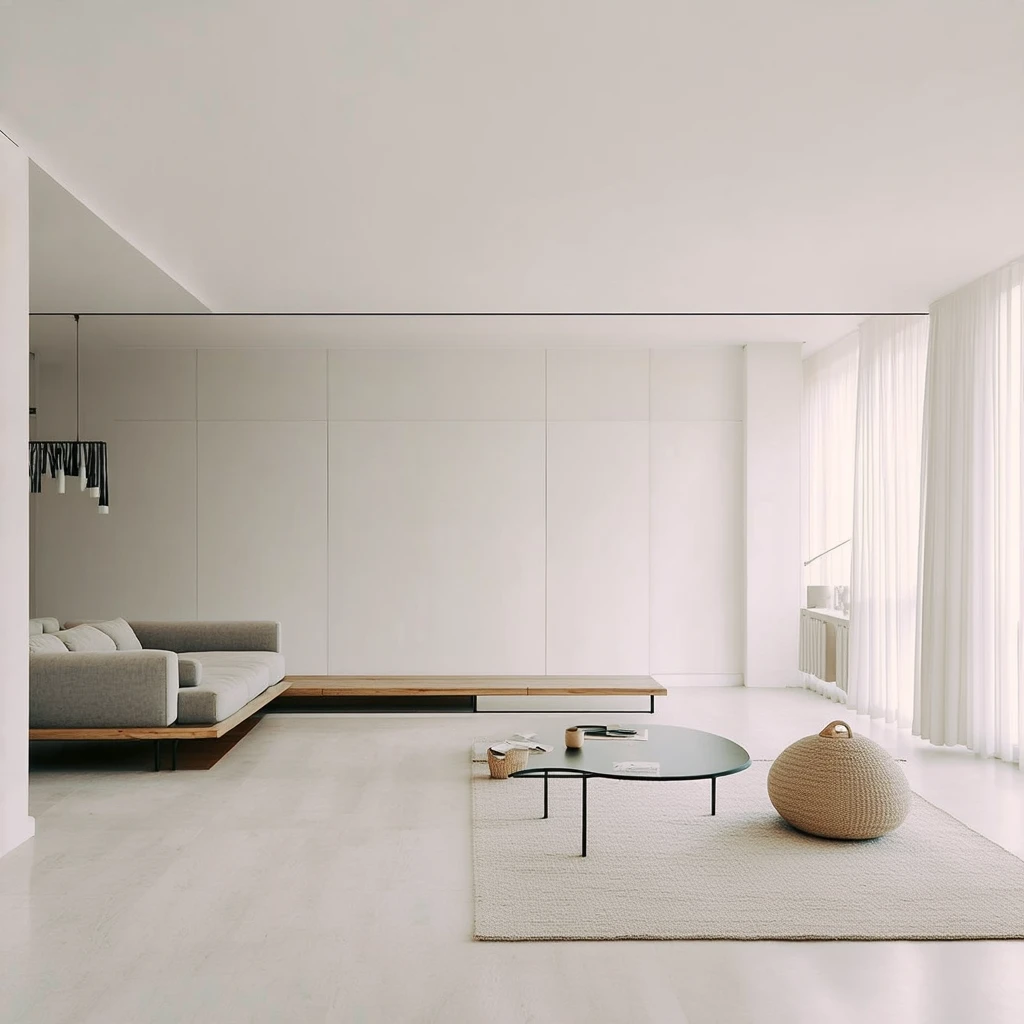
A single product displayed against a plain background with soft shadows focuses all attention on the item, making it the hero of the image. This approach is highly effective in e-commerce, advertising, and editorial design.
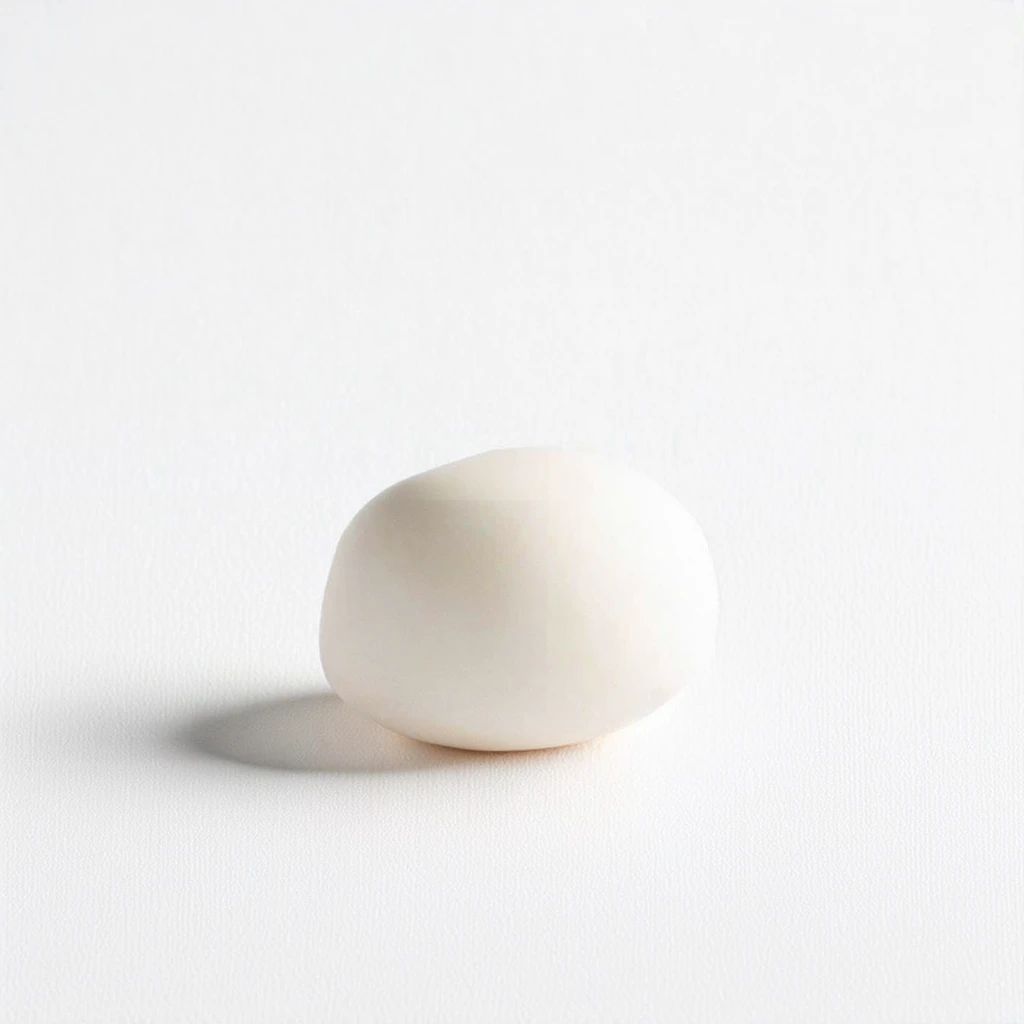
Minimalist posters use white space and bold, simple typography to highlight motivational messages. The uncluttered design ensures the words have maximum impact, making them ideal for social sharing and branding.
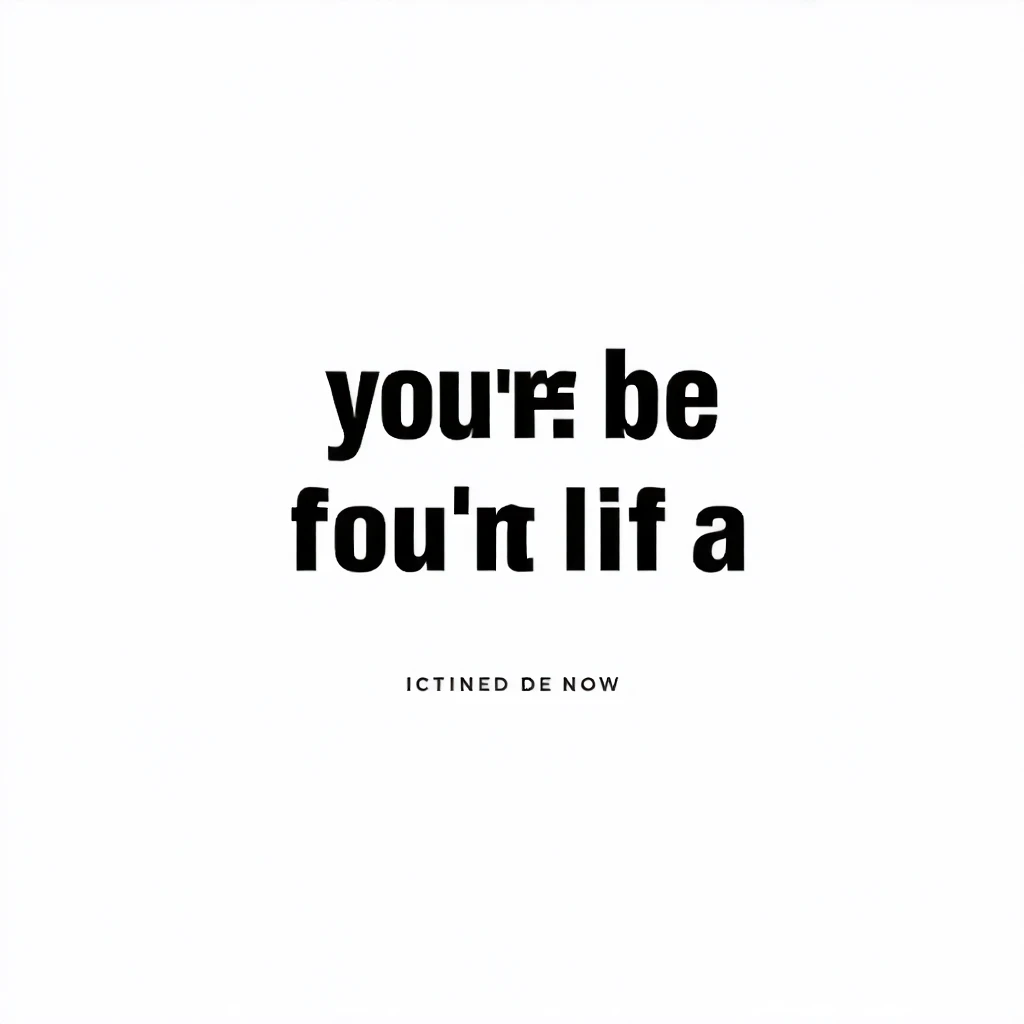
Capturing a lone tree or a vast open field, minimalism in nature photography emphasizes solitude, peace, and the inherent beauty of simplicity. The viewer is invited to contemplate the subject without distraction.
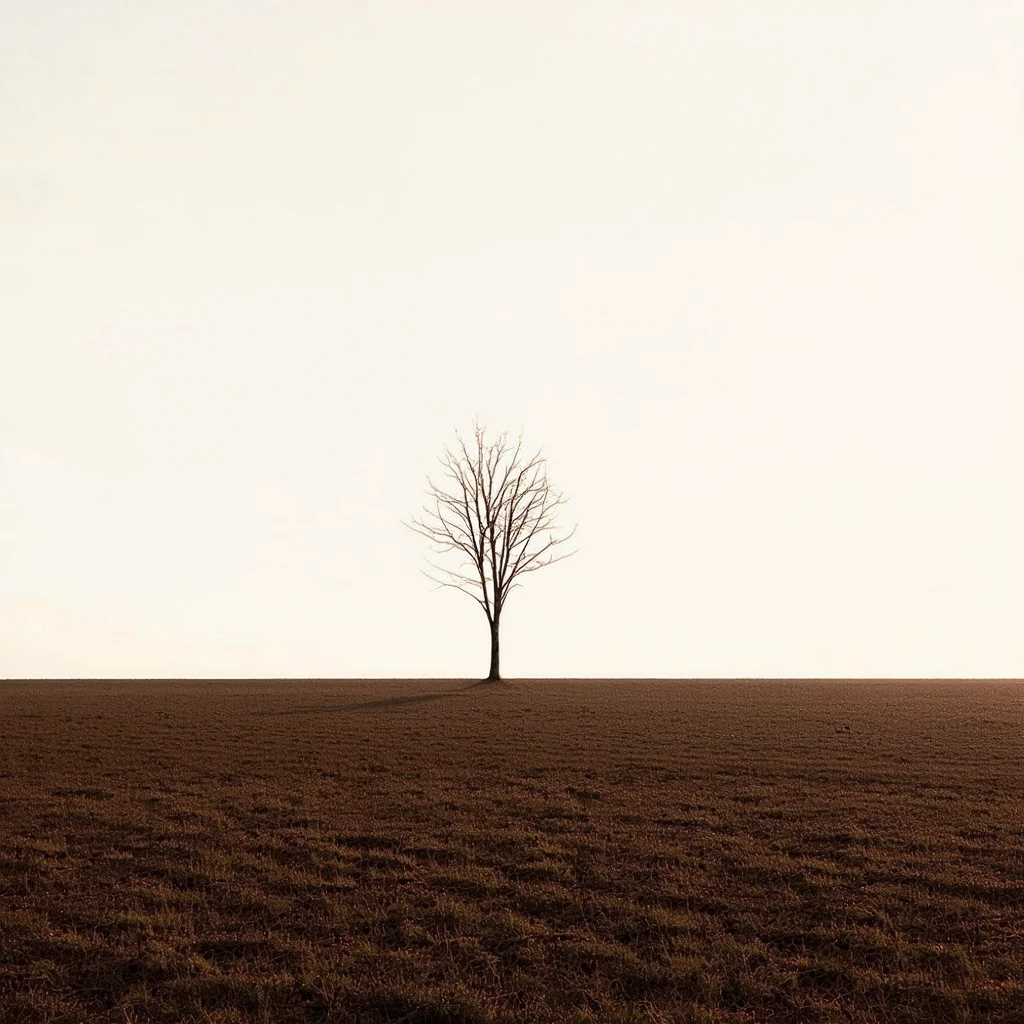
Each of these use cases demonstrates how minimalism can enhance visual communication, focusing attention, and elevating the message or product.
Minimalism Style is more than just an aesthetic—it’s a philosophy that values clarity, intention, and the beauty of simplicity. Whether you are a photographer, designer, or business owner, embracing minimalism can elevate your visuals, making your message more powerful and your images more memorable. With Photomatic AI, achieving stunning minimalist effects is easier than ever, empowering creators to find elegance in less and create maximum impact with minimal means.
Automate your image generation with AI Agents
Minimalism Style in photography is a visual technique that emphasizes simplicity, clean lines, and ample negative space. It removes distractions and focuses on essential elements, resulting in powerful, uncluttered images with a timeless appeal. Photomatic AI offers advanced minimalism effects you can apply to any photo, using various models to match your creative vision.
To create Minimalism Style images, focus on isolating your subject, using negative space, limiting color palettes, and removing unnecessary details. Photomatic AI provides easy-to-use tools and models specifically designed for minimalism, allowing anyone to transform their photos or designs into striking minimalist visuals in just a few clicks.
Minimalism Style works exceptionally well with corporate branding, product photography, interior design, inspirational posters, and nature photography. Any subject that benefits from clarity, focus, and visual impact can be enhanced with a minimalist approach using Photomatic AI’s tools.
Absolutely! Minimalism is highly sought after in professional contexts such as branding, advertising, editorial design, and social media. The clean and modern look makes it ideal for businesses and creatives wanting to project sophistication and clarity. Photomatic AI’s Minimalism Style is perfect for elevating professional projects.
Minimalism Style is ideal for genres where simplicity and clarity are desired, such as product, architectural, landscape, and fine art photography. However, it might not suit highly detailed or narrative-driven genres. Photomatic AI allows you to experiment with minimalism on any image to find the perfect fit for your work.
Let us help you automate your marketing tasks. Our platform allows you to create custom AI chatbots, agents, and workflows that can handle a wide range of tasks, from customer support to content generation.
Generate professional marketing visuals in seconds. Our AI creates stunning images that maintain brand consistency across all your campaigns without expensive design services.
Produce large volumes of customized content efficiently. Create hundreds of images, blog posts, and marketing materials simultaneously with our AI automation workflows.
Train AI models on your brand assets to create unique, on-brand visuals for any campaign. Maintain consistent visual identity across all marketing channels with character training technology.
Collage Style is a creative photo effect that merges multiple images, textures, and graphic elements into a single composition. This style evokes the charm of h...
Historical Style is a photographic effect that emulates the visual aesthetics of classic paintings, engravings, and early photographic processes. Characterized ...
Lifestyle style photography is all about capturing real-life moments in an authentic, candid, and visually appealing way. This style emphasizes natural lighting...


